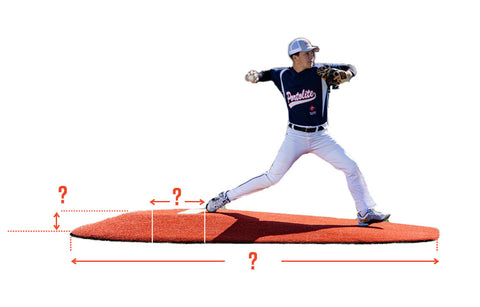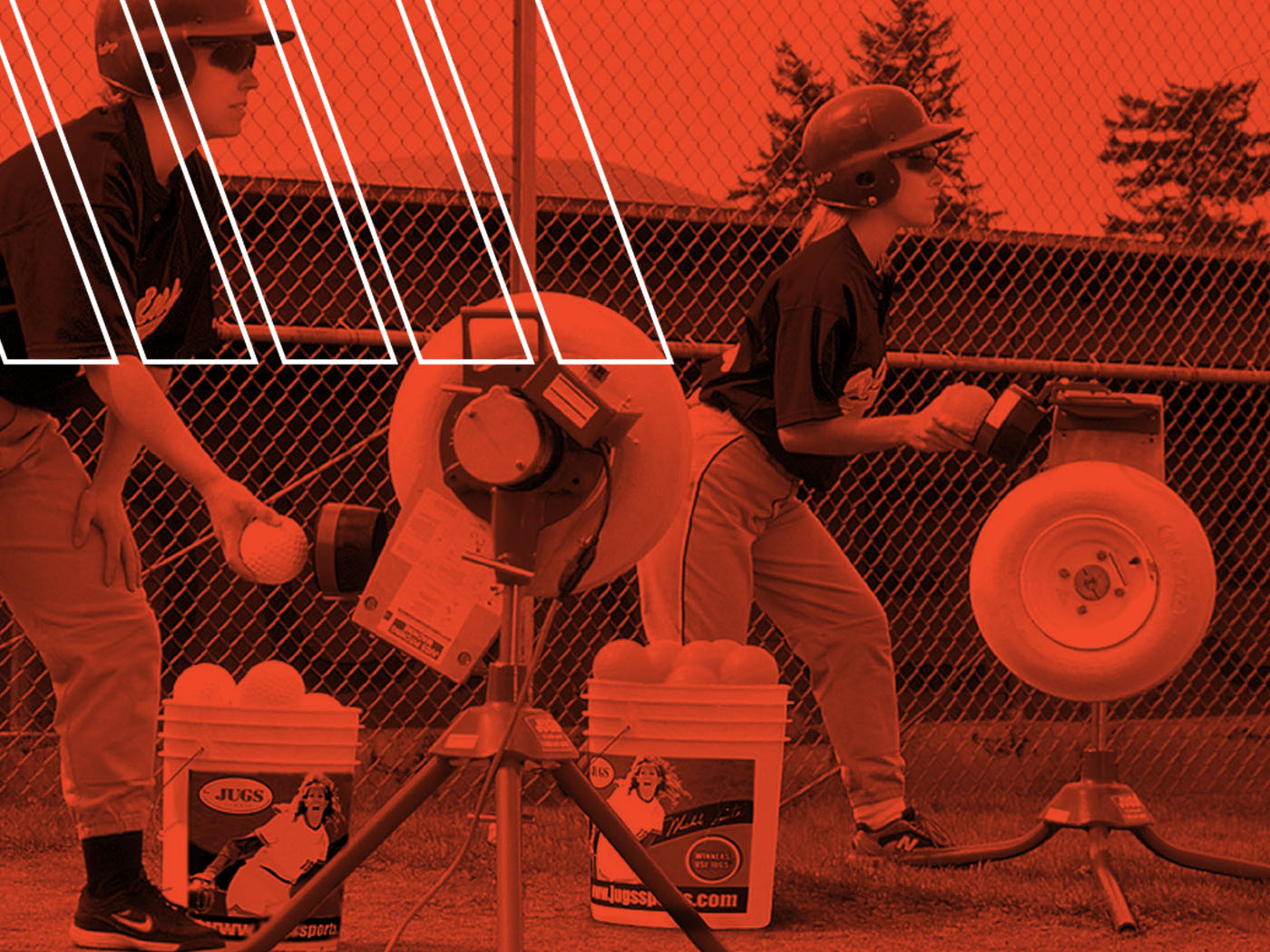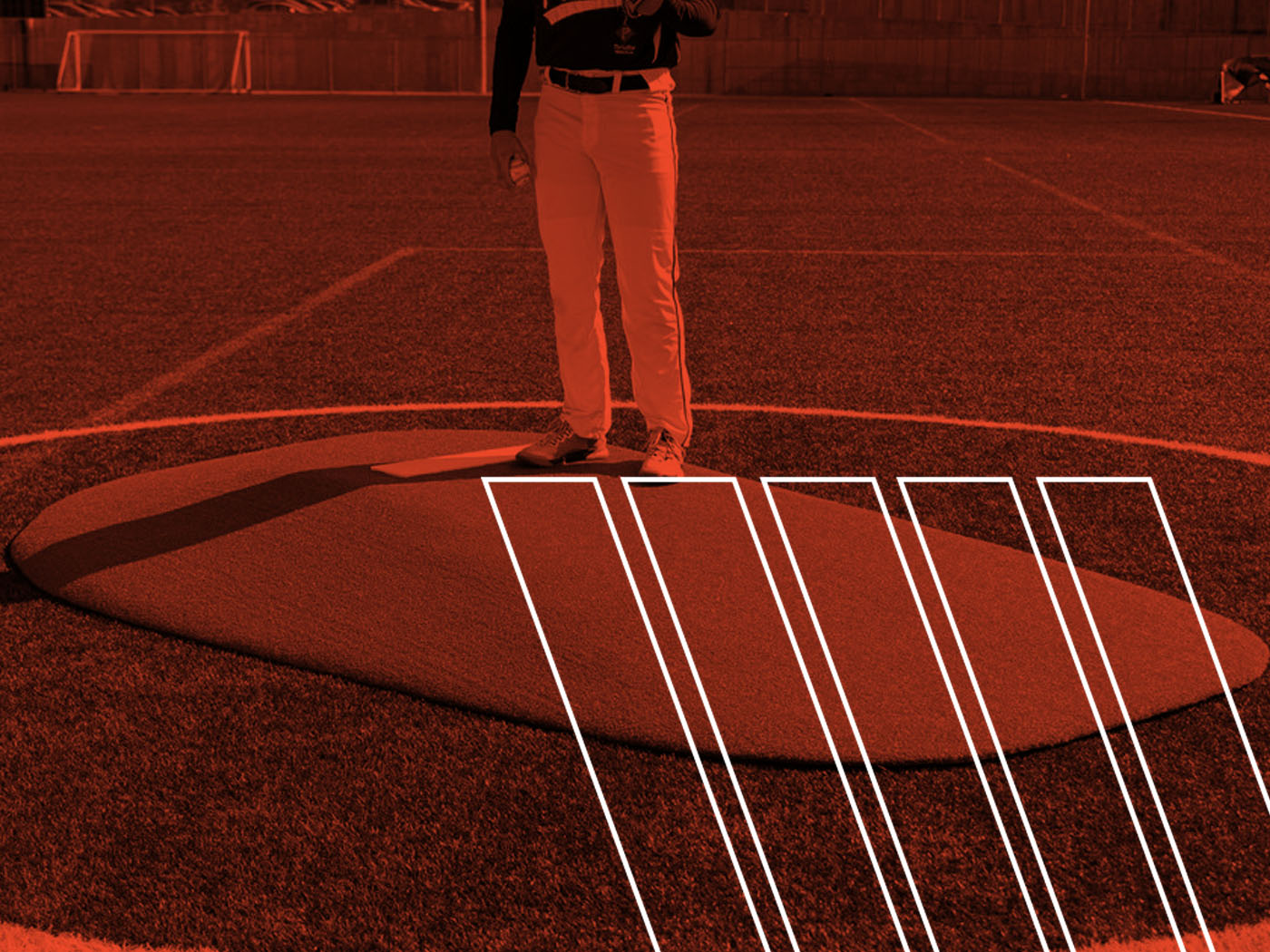Why is the Pitcher's Mound Raised in Baseball?
From the era of wind-up pitchers with running starts in the early 1900s to the nail-biting, low-scoring pitching duels of 1968, the evolution of pitching mounds in baseball is a journey through time and strategy. These mounds have not just risen and fallen in height; they've shaped the very essence of America's favorite pastime, creating legends and controversies in their wake.
What You Will Learn
In this article we're going to cover the history of pitching and pitching mounds in the MLB, the physics of pitching, how a pitching mound is built, and ultimately, why pitcher's mounds are higher than the rest of the field.

The History of Pitching Mounds
When baseball was still finding its rhythm, pitchers didn't have the luxury of an elevated mound. They threw from flat ground, giving batter's the upper hand. But as the game evolved, so did the need for an innovation that would level the playing field.
Back then, some teams were accused of playing games with the mound's higher than what was allowed. The Dodgers infamously earned a reputation for building and pitching from higher than normal sized mounds.
Then, in 1968, a year marked by incredibly low scoring, the rules were changed. The mound, once towering above the rest of the field, was trimmed to a contemporary 10 inches, and the playing field was leveled once again.
Yet, the allure of gamesmanship with mounds lingered. Accusations persisted, often with visiting teams claiming that the mounds in the visitor's bullpen didn't match the main game mound. This left relievers entering the game feeling as if they were caught off guard, challenging their adaptation to the game mound.
The Science of Pitching Mounds & Physics of Pitching
Pitching isn't just about throwing hard; it's about strategy, finesse, and making the ball move in an unpredictable trajectory. Elevating the mound creates a downhill angle, making it harder for batters to pick up pitches. When a pitcher throws from a raised mound, it's like sending the baseball on a rollercoaster ride down a steep hill. This angle adds gravity's helping hand to every pitch, making fastballs seem faster and curves curve more.
As a batter, it's like trying to hit a moving target while standing at the bottom of a ski slope. It's a challenge, and that's what baseball is all about—challenges, strategy, and that ever-elusive home run.
So, elevating the mound wasn't just a random decision; it was a strategic move that forever changed the game. Pitcher's mounds are elevated because it helps pitchers throw harder, giving them the advantage of gravity.

Pitching Mound Construction - How It's Built
A pitching mound isn't just a pile of dirt; it's a meticulously built mound that meets the requirements of the MLB. In baseball, everything from the bases, to the outfield fencing, must meet a specific requirement.
Constructing the perfect mound requires precision and artistry. These dimension requirements include instructions on the proper diameter, slope angle, distance from home plate, and more.
Note: Each baseball and softball league has their own requirements for dimensions of pitching mounds and other parts of the field. To learn more about field dimensions, check out these guides:
Building and maintaining a mound is the job of a professionally trained groundskeeper who's job is to make sure these mounds meet all league requirements. And in our opinion, they are the unsung hero in this story.
Aside from dragging the infield and chalk lining the field, they tend to the mound and maintain its condition throughout the game. They sculpt, water, and groom it to meet the demands of pitchers and the expectations of fans. A well-kept mound is not just a source of pride; it's essential for player safety and fair gameplay.
This is why some youth leagues opt for a portable pitching mound or an indoor pitching mound; they are portable and using one eliminates the cost of a groundskeeper. They're great for fields that are used by different leagues too.
Final Words
Standing 10" above the rest of the field, the pitcher's mound is more than just a lump of dirt. It's a symbol of history, strategy, and a reminder of the evolution of baseball. From its early days of flat ground and running starts to the notorious Dodger stadium heights. Beyond its physical presence, it empowers pitchers with both the physics of their pitches and a psychological edge, making it the hallowed ground where legends are born and games are shaped.

 Contact Us
Contact Us







